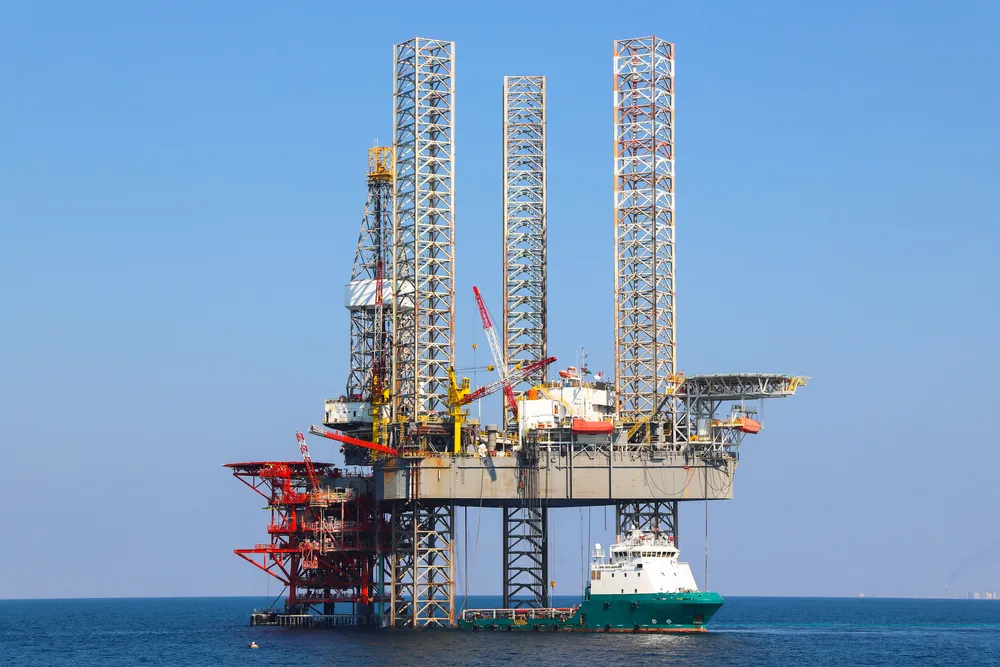Fluid and Phase Behavior in Petroleum Reservoirs for the Oil & Gas Industry Course
Introduction:
This Fluid and Phase Behavior in Petroleum Reservoirs for the Oil & Gas Industry course imparts essential knowledge on hydrocarbon analysis, emphasizing phase behavior and its practical applications in the industry. Participants will explore technical aspects such as property correlations and the use of phase behavior and thermodynamics to address industry challenges.
Objectives:
By the end of this course, participants will be able to:
- Understand PVT and phase behavior of petroleum reservoir fluids.
- Identify and classify petroleum components.
- Create phase envelopes.
- Classify and distinguish different types of fluids.
- Determine crude oil and formation water properties.
- Understand natural gas properties, including ideal and real gases, and the impact of water content.
- Explore the transportation properties of petroleum, gas, water, and emulsions.
- Perform material balances, apply equilibrium ratios, and determine dew point, bubble point, and other equilibrium conditions.
Training Methodology:
- Interactive lectures
- Case studies
- Hands-on simulations
- Group discussions
- Real-life scenarios
- Problem-solving workshops
- Technical presentations
Course Outline:
Unit 1: Introduction to Reservoir Fluids
- Understanding reservoir fluids
- Classification of fluids: gas, oil, condensate, heavy oil
- Importance of phase behavior in reservoir engineering
- Methods for sampling and analyzing fluids
Unit 2: Properties of Reservoir Fluids
- Basic concepts: density, viscosity, API gravity
- Importance of PVT analysis
- Fluid composition and reservoir performance
- Interaction of fluids with geological rock characteristics
Unit 3: Phase Behavior Analysis
- Fluid behavior and phase decision
- Interpretation of phase diagrams and endpoints
- Impact of temperature and pressure on phase behavior
- Incorporating phase behavior data in reservoir modeling
Unit 4: Equations of State (EOS)
- Overview of EOS and its practical use
- Selecting models: Peng-Robinson, Soave-Redlich-Kwong
- Application of EOS in phase equilibrium calculations
- Using EOS in reservoir simulation projects
Unit 5: Gas Condensate Reservoirs
- Analysis of gas condensates in reservoirs
- Addressing issues like condensate bank and retrograde condensation
- Improving recovery from gas condensate reservoirs
- Strategies for fluid acquisition
Unit 6: Crude Oil Reservoirs
- Crude oil reservoir conditions: undersaturated, saturated, oversaturated
- Evaluating crude oil viscosity, density, and characteristics
- Approaches to recovering heavier crude oil fractions
- Fluid sampling procedures in crude oil reservoirs
Unit 7: Heavy Oil and Bitumen Reservoirs
- Characterization of heavy oil and bitumen
- Analysis of thermal and chemical recovery techniques
- Overcoming challenges: viscosity reduction, sand control
- Sampling and interpreting heavy oil and bitumen properties
Unit 8: Reservoir Fluid Sampling and Analysis
- Importance of accurate fluid sampling
- Methods: PVT labs, downhole samples, compositional analysis
- Using PVT data to predict phase changes
- Case studies on fluid sampling and analysis
Unit 9: Fluid Behavior in Reservoir Management
- Role of fluid behavior in well planning and production strategy
- Integration of phase behavior data with reservoir simulation and modeling
- Decision-making based on fluid composition
- Techniques for maximizing reservoir recovery
Unit 10: Case Studies and Practical Applications
- Case studies on phase behavior in practical reservoirs
- Techniques for leveraging fluid data to improve production
- Developing fluid management systems
- Managing reservoir operations with unexpected phase behavior


















